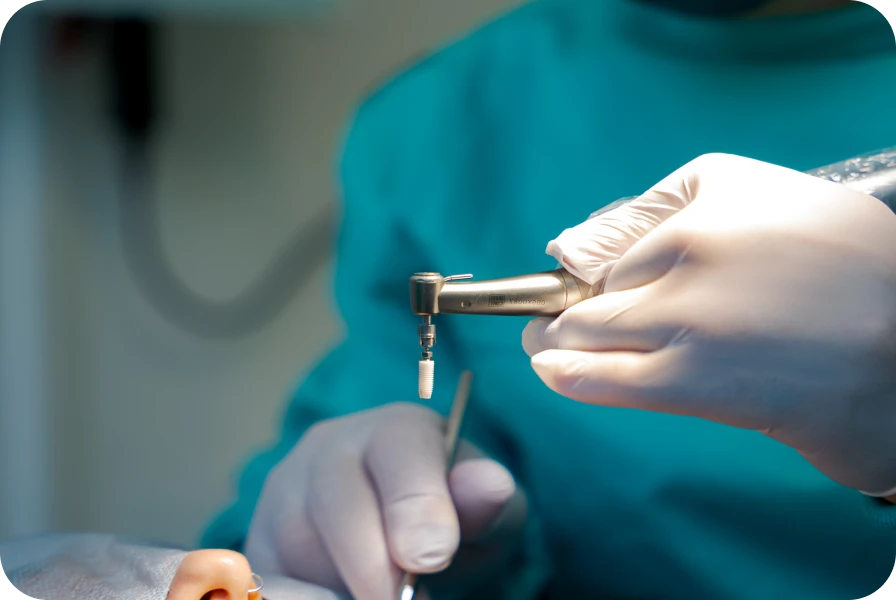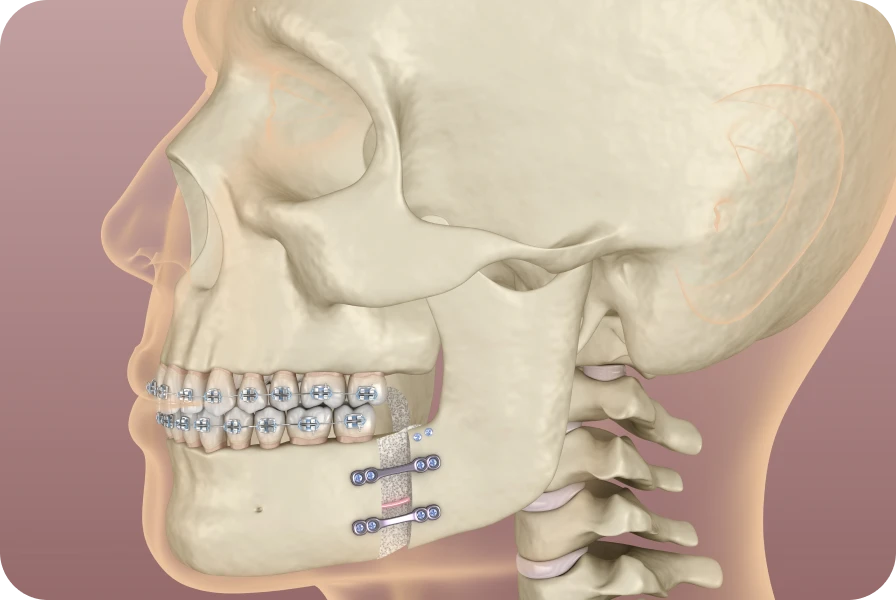Osteotomy
Prior to planning an osteotomy, several essential steps must be followed. You are required to consult your surgeon for a comprehensive evaluation. The surgeon will analyze your X-rays and CT scans to meticulously plan the procedure. Take the opportunity to ask all your questions; this will aid your understanding of the operation’s progression and its objectives. Subsequently, adhere strictly to all pre-operative instructions. For instance, refrain from eating after midnight on the eve of the procedure.
Should your surgeon prescribe medications for pre-operative administration, ensure they are taken as directed. These medications assist in reducing the risk of infection. Furthermore, certain pharmacotherapies can enhance your recovery. Prior to the intervention, arrange for someone to transport you home, as you will be unable to drive post-anesthesia. Lastly, prepare your home environment to facilitate a comfortable recovery. Organize your belongings within easy reach to minimize unnecessary movements.
During the Surgical Procedure

On the day of the procedure, please arrive at the hospital at the designated time. You will first be directed to a preparation room, where nurses will insert an intravenous line and monitor your vital signs. Subsequently, you will be escorted to the operating theater. The medical team will ensure your comfort and maintain a sterile environment.
Osteotomy is a surgical procedure involving the cutting and repositioning of bone to correct defective alignment. It is frequently performed on the legs or jaws. The primary objective is to restore normal function or enhance aesthetics. The surgeon will utilize specialized instruments to osteotomize the bone, subsequently securing it in its new position with plates or screws.
Anesthesia and Pain Management
During the intervention, you will receive either general or local anesthesia, contingent upon the specific type of osteotomy. General anesthesia induces a state of deep unconsciousness, whereas local anesthesia solely anesthetizes the surgical site. You will not experience any pain during the operation. Post-operatively, prescribed analgesics will assist in managing your pain.
Effective pain management is crucial for promoting an expedited recovery. Administer pain medication strictly according to your surgeon’s instructions. Do not defer taking medication until pain becomes severe. Adherence to these guidelines will enhance your comfort and facilitate the healing process.
Post-operative Care and Recovery
Following an osteotomy, adhere to a rigorous care program. Upon discharge from the hospital, ensure adequate rest. Rest is paramount for rapid healing. Avoid all intense activity for several weeks. Your surgeon will provide precise instructions regarding the duration of your convalescence. Follow these instructions meticulously to prevent complications.
Carefully monitor for signs of infection. Should you observe redness, swelling, or excessive pain around the incision site, contact your physician immediately. It is also crucial to maintain proper hygiene around the wound. Gently cleanse it with an antiseptic solution to prevent infections.

Mobility Management after Osteotomy
Following an osteotomy, your mobility may be temporarily reduced. Use crutches or a walker for ambulation. It is essential to adhere to the surgeon’s instructions regarding weight-bearing on the operated area. Follow physiotherapy guidelines to promote recovery. Physiotherapy is a key component of the rehabilitation process. The prescribed exercises will improve your mobility and strengthen the muscles surrounding the operated bone.
Nutrition and Hydration During Recovery
During the recovery phase, prioritize a nutrient-rich diet to promote healing. Foods rich in protein, calcium, and vitamin D are particularly important for bone reconstruction. Additionally, maintain hydration by drinking plenty of water. Adequate hydration promotes healing and prevents post-operative complications. Avoid alcohol and excessively sugary foods, as they can impede recovery.
Rehabilitation and Follow-up after Surgery
Following an osteotomy, adhere to a rehabilitation program tailored to your specific situation. Rehabilitation aims to restore your mobility and strengthen muscles. It is crucial to follow your physiotherapist’s recommendations to prevent recurrence or complications. Exercises will be adjusted according to your progress and pain level. Please remember that each patient recovers at their own pace; therefore, it is normal for full functional recovery to take time.
Do not miss your post-operative follow-up appointments. These appointments enable your surgeon to monitor bone healing. Treatment can be adjusted as necessary. If follow-up X-rays are scheduled, they will verify bone consolidation. You will then receive personalized advice to optimize your recovery.
Risks Associated with Osteotomy
As with any surgical intervention, osteotomy carries certain risks. These risks include infections, bleeding, or inadequate bone healing. Strict adherence to post-operative instructions will mitigate these risks. In the event of a complication, contact your surgeon immediately. The surgeon will provide instructions tailored to your specific situation.
When Can Normal Activity be Resumed?
The resumption of normal activities following an osteotomy depends on the type of procedure and your overall health status. Generally, several months are required before certain physical activities can be resumed. For instance, driving may be permitted after approximately six weeks. Intense sporting activities may be prohibited for six months or longer. However, each case is unique. Adhere to your surgeon’s recommendations to prevent complications.
Thorough Preparation for Osteotomy
Mental and physical preparation is essential prior to an osteotomy. The healing process can be protracted, and it is important to establish realistic expectations. Maintain consistent communication with your medical team throughout the entire process. Should you have any concerns or questions, please do not hesitate to articulate them. Effective communication with your surgeon and physiotherapist will significantly facilitate your recovery.
Adhering to the instructions provided by your medical team is crucial for a successful osteotomy. Every stage, from preparation to rehabilitation, plays a significant role in the healing process. By following these recommendations, you will optimize your chances of regaining normal function in a timely manner.
Prepare your Support System
Finally, it is advisable to prepare your support network prior to the operation. You may require assistance with daily tasks, particularly during the initial weeks following the intervention. Request assistance from your family or friends for errands, meal preparation, or transportation. This will enable you to focus entirely on your recovery.
